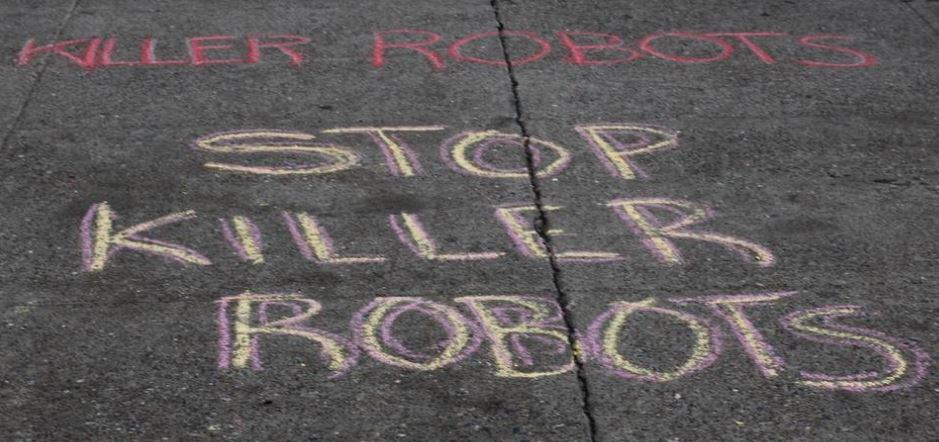This article comes from “citizens.news”
San Francisco residents bracing for the sight of fully-armed robots patrolling their streets were surprised at the news that broke out – no deployment for now.
The city’s Board of Supervisors, which voted 8-3 on Nov. 29 in favor of using weaponized robots for police duties in emergency situations, walked back on its earlier decision following public backlash. It announced on Dec. 6 that it will shelve the controversial plan, keeping the robots at precincts and sending the legislation authorizing them back to the committee responsible. Meanwhile, the board said it will continue debating the use of armed robots.
The Dec. 6 announcement essentially returned law enforcement back to human police officers who, for all their frailty and misdeeds, at least have the heart and soul to decide whether suspects or criminals must live or die during armed confrontations.
Robots, on the other hand, would respond and act on command or as programmed – with no regard for consequential damages or loss of lives. These weaponized robots will gun down anybody on sight within the war zone without asking questions, firing away until the ammunition run out or there are no more signs of resistance. (Related: Oakland police pursuing development of armed “killer robots” to enforce the law.)
Americans can foresee such scenarios, even if the police promise to deploy the robots only in extremely perilous situations such as when officers’ lives are on the line or when there’s a need to neutralize lawless elements to ensure the safety of ordinary citizens.
One such case happened in Dallas back in 2016. That was the first time police used a robot as a lethal weapon when it was deployed with an explosive device, which was detonated to kill a sniper who had gunned down and slain five police officers.
Fielding that robot, which didn’t have a gun, was justified in that instance to prevent the possible injury or death of more policemen. The now-shelved San Francisco Police Department’s (SFPD) draft policy was anchored on the same premise.
“Robots will only be used as a deadly force option when [the] risk of loss of life to members of the public or officers is imminent and outweighs any other force option available to SFPD,” the department said.
So as to erase such a notion, the SFPD even posted a last-minute amendment stating the decision-making authority for deploying armed robots will be limited to high-ranking officers and will only be resorted to when the usual field tactics have been applied with no success.
Weaponized police robots still susceptible to hacking, glitches
Robots, even those equipped with artificial intelligence, aren’t foolproof.
What if the wiring went haywire, or the central command system got hacked? What if the robots were deployed based on wrong information, and innocent individuals got killed in the confrontation? What if the officials approving the deployment were mentally unstable?
The people’s fear is understandable. Who would protect them if the thousands of police robots across the U.S. are retrofitted with arms, let loose and eventually become autonomous robotic SWAT teams? Scenes from the sci-fi movie “RoboCop” offer them a perspective of the possible outcomes.
Perhaps, the San Francisco Board of Supervisors has also realized the folly of arming the robots to perform deadly police work without proper consultation and dissemination of information to their residents.
Fielding the killer robots can wait.
Watch this video about the San Francisco Board of Supervisors’ approval of the plan to deploy armed robots, a decision it later rescinded.
Sources include:
